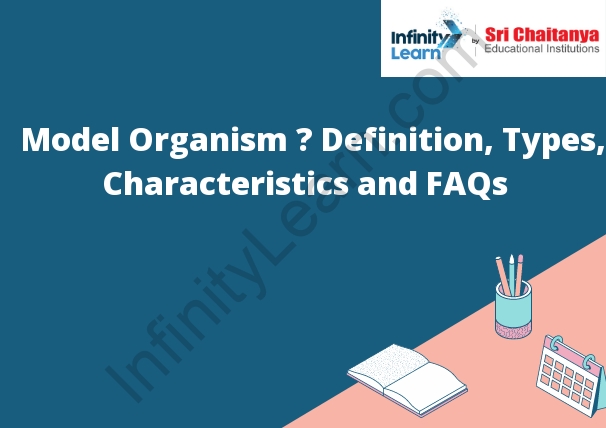Table of Contents
Definition of Model Organism:-
A model organism is a species of animal or plant that is widely used by scientists in research. These organisms are chosen because they are easy to study and their biology is well understood. Model organisms can be used to learn more about the basic biology of other species, as well as to develop new treatments for diseases. Some of the most commonly used model organisms include mice, rats, zebrafish, fruit flies, and nematodes.

Advantages of Using Model Organisms in Genetics Research
There are a number of advantages to using model organisms in genetics research. First, using model organisms allows researchers to study the genetic mechanisms underlying specific traits or behaviors in a controlled environment. This can provide insights into how genes influence these traits or behaviors and can help to identify the genes involved. Additionally, using model organisms can help to speed up the process of gene discovery.
Second, model organisms can be used to study the effects of genetic mutations. For example, by studying the effects of a specific genetic mutation in a model organism, researchers can gain a better understanding of how that mutation affects the organism’s development or behavior. This information can then be used to help researchers develop treatments or therapies for genetic disorders.
Finally, model organisms are often used in drug development. By studying the effects of specific drugs on model organisms, researchers can gain a better understanding of how the drugs work and can identify potential side effects. This information can then be used to help develop safer and more effective drugs.
Imaging Model Organisms: Challenges and Opportunities:-
The imaging of model organisms is a powerful tool for the study of biology. It allows for the non-invasive study of the organism in its natural environment, and the analysis of its behaviour and physiology. Imaging has been used to study a wide range of model organisms, from single cells to whole organisms. The use of imaging in model organism research faces a number of challenges, including the need to develop new imaging techniques, and the need to standardize image analysis. However, the opportunities that imaging offers for the study of model organisms are vast, and its use is likely to increase in the future.
Types of Model Organisms:-
Organisms are classified into different types depending on their uses in research. Some of the most common model organisms used in research are yeast, bacteria, nematodes, fruit flies, and mice.
Yeasts are single-celled fungi that are used to study the genetic and biochemical processes that occur in all living cells. Yeasts are easy to grow and can be genetically modified to study the effects of different genes on cellular processes.
Bacteria are single-celled organisms that are used to study the genetic and biochemical processes that occur in all living cells. Bacteria are easy to grow and can be genetically modified to study the effects of different genes on cellular processes.
Nematodes are small, roundworms that are used to study the genetic and biochemical processes that occur in all living cells. Nematodes are easy to grow and can be genetically modified to study the effects of different genes on cellular processes.
Fruit flies are used to study the genetic and biochemical processes that occur in all living cells. Fruit flies are easy to grow and can be genetically modified to study the effects of different genes on cellular processes.
Mice are used to study the genetic and biochemical processes that occur in all living cells. Mice are easy to grow and can be genetically modified to study the effects of different genes on cellular processes.
Characteristics of Model Organisms
The three main characteristics of model organisms are that they are easy to work with, they are genetically similar to humans, and they are representative of a larger population.
Model organisms are easy to work with because they are genetically simple. This means that scientists can easily change their genes and observe the effects of these changes.
Model organisms are genetically similar to humans because they share a common ancestor. This means that scientists can use them to study human biology and diseases.
Model organisms are representative of a larger population because they are similar to other organisms in their group. This means that scientists can use them to study the biology of an entire species.
Non – Standard Model Organisms Currently Used in Experimental Biology
Non-standard model organisms currently used in experimental biology include the roundworm Caenorhabditis elegans, the fruit fly Drosophila melanogaster, the zebrafish Danio rerio, and the mouse Mus musculus. Each of these organisms has a number of advantages over traditional model organisms such as the fruit fly and the mouse. For example, the roundworm is small and easy to culture, the fruit fly is resistant to many genetic mutations, the zebrafish can be bred in large numbers, and the mouse is relatively easy to genetically manipulate.








